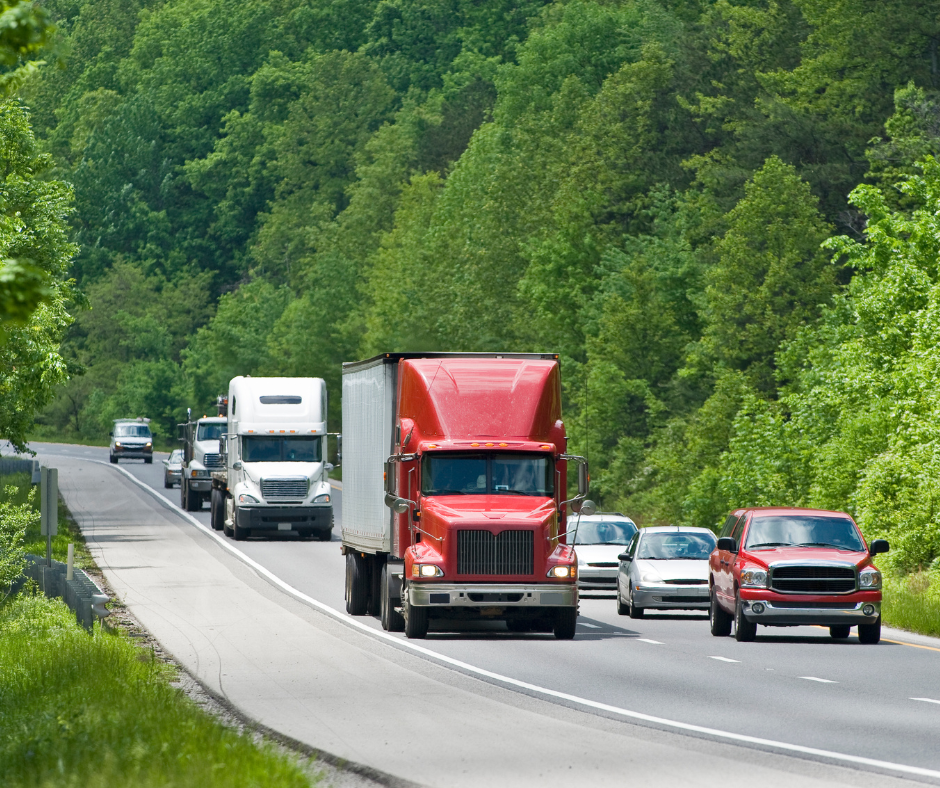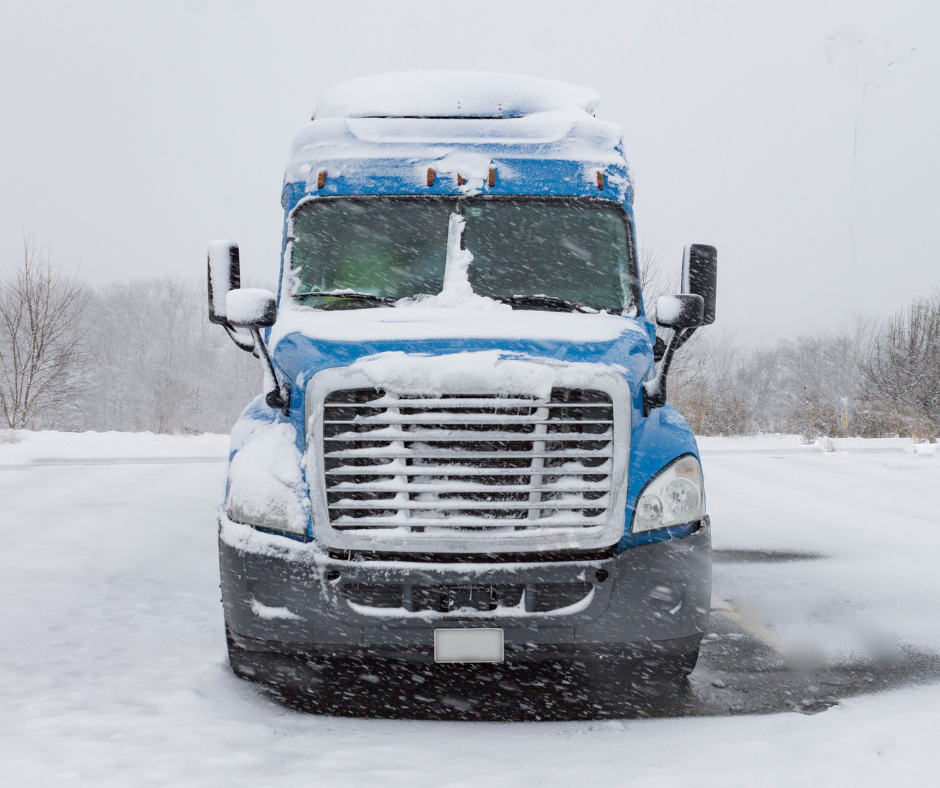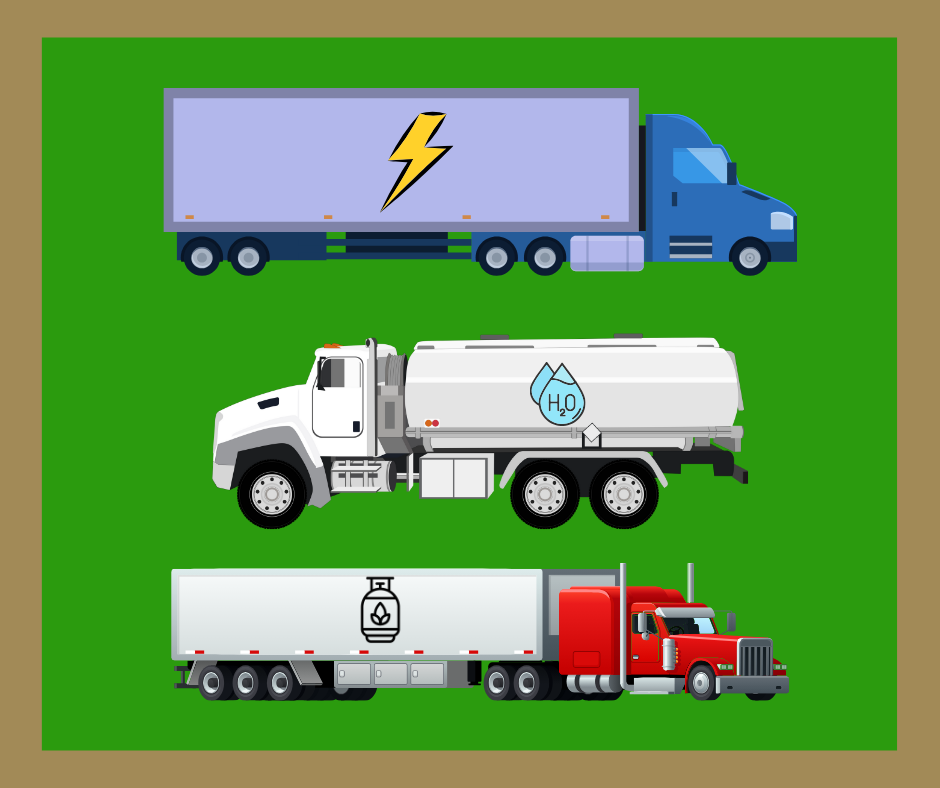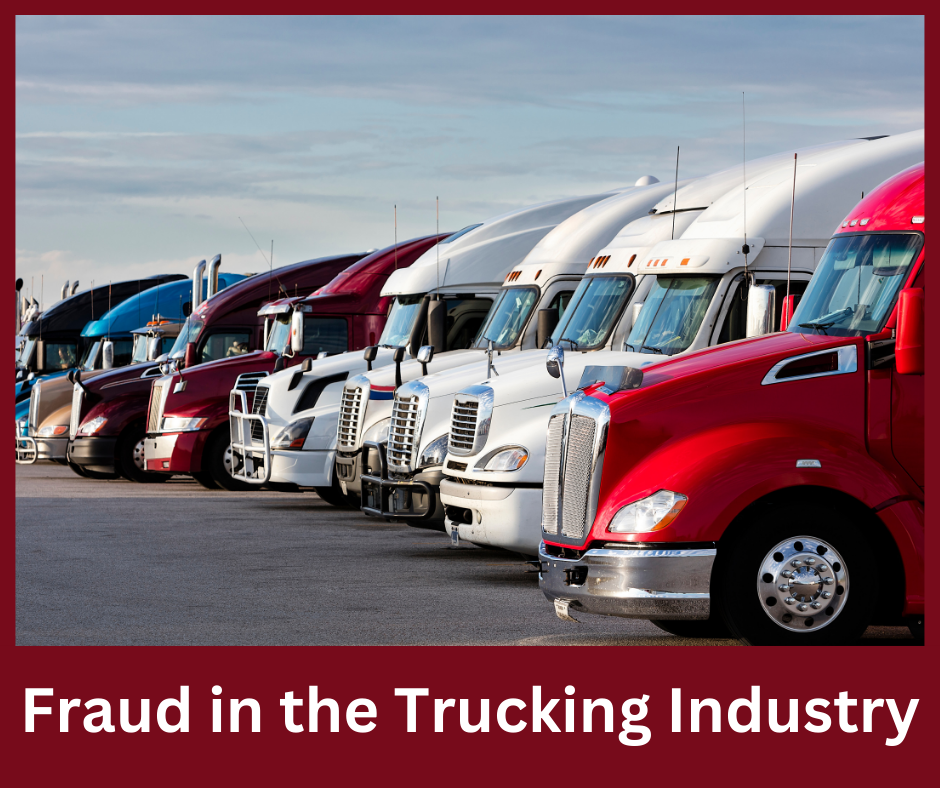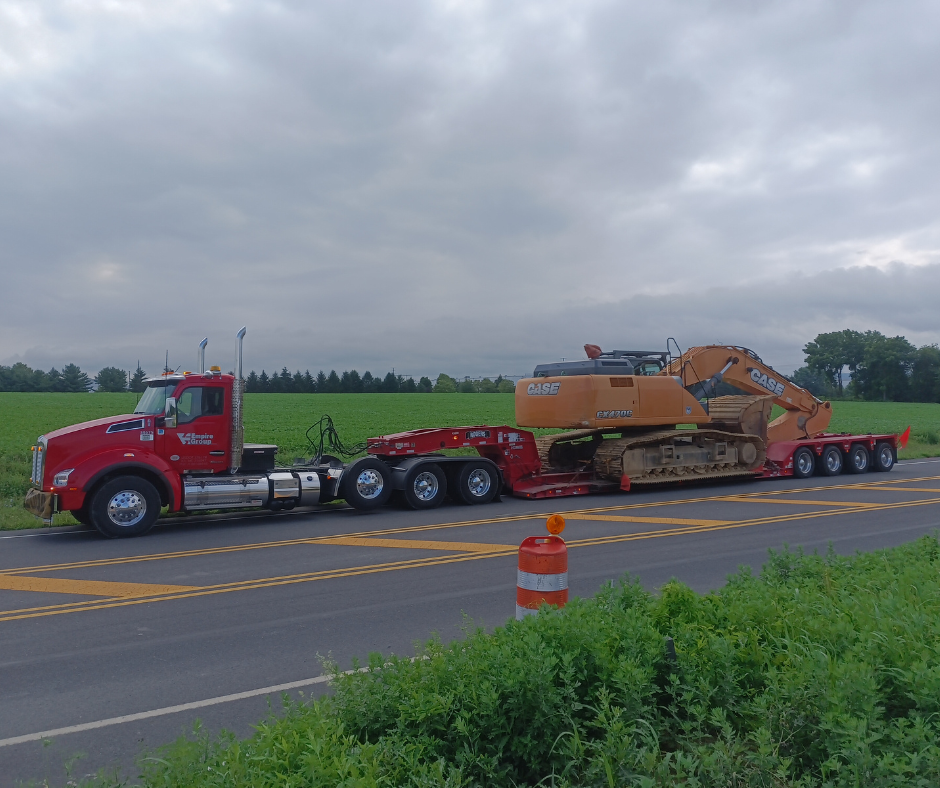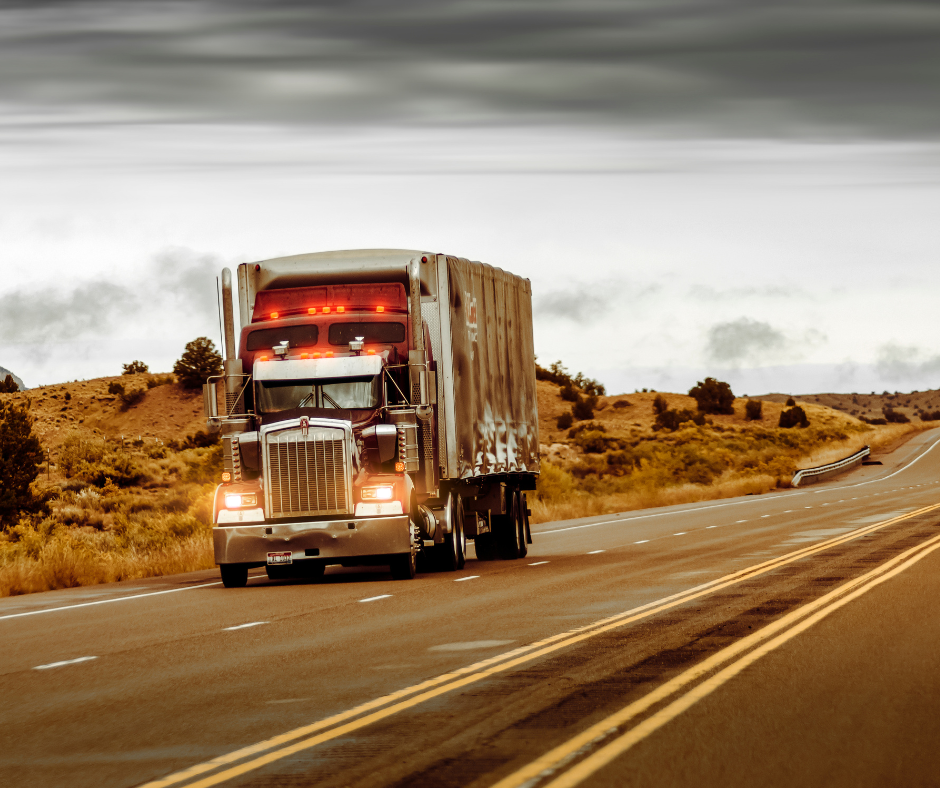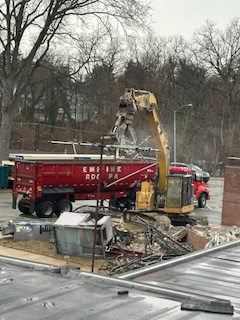How Smart Tires Are Revolutionizing the Road

When we think of car technology, we often focus on features like autonomous driving, windshield displays, electronic logging devices, or IoT connectivity. But one crucial element that’s quietly evolving alongside these innovations is the humble tire. In the past ten years, tires have become smarter, safer, and more efficient. And now these smart tires have become even smarter!
What Are Smart Tires?
Smart tires are not your average rubber. These innovative tires are equipped with advanced sensors and technology that enable them to communicate vital information about the vehicle’s performance. Think of them as the “eyes and ears” of your car’s road contact, offering real-time data that can significantly improve safety, efficiency, and maintenance.
But how do they work? Smart tires typically contain sensors embedded within the tire that monitor critical factors such as tire pressure, temperature, tread wear, and more. This data is then sent to the vehicle’s onboard computer system or directly to the driver via a smartphone app.
Even Smarter Tires
However, these tires have gotten even smarter. Goodyear recently produced a tire that helps prevent collusions and works with a vehicle’s advanced driver-assist system (e.g. lane departure detection). While some cars have an automatic emergency braking system to help prevent collusions, they only brake if there is an obstacle is in the road – not due to road conditions. Goodyear’s tire technology, SightLine, are sensors embedded in tires designed to detect slick, dangerous road conditions. They trigger the automatic emergency braking system in low-friction environments, such as snow, rain and ice. By pairing these smart tires with AEB systems, vehicles can become even more intuitive, adjusting tire performance automatically based on the driving environment.
What’s Next for Smart Tires?
While smart tires are already available in some high-end vehicles, they’re expected to become more mainstream in the coming years. As technology advances and manufacturing costs decrease, smart tires will likely become a standard feature in all types of vehicles, from everyday commuters to tractor trailers.
The future of tires is undeniably high-tech, and smart tires are at the forefront of this transformation. With their ability to enhance safety, improve fuel efficiency, and extend tire life, smart tires are an essential component of the next generation of vehicles. As these tires become more widely available, we can expect to see even more exciting advancements in tire technology that will continue to shape the way we drive.
